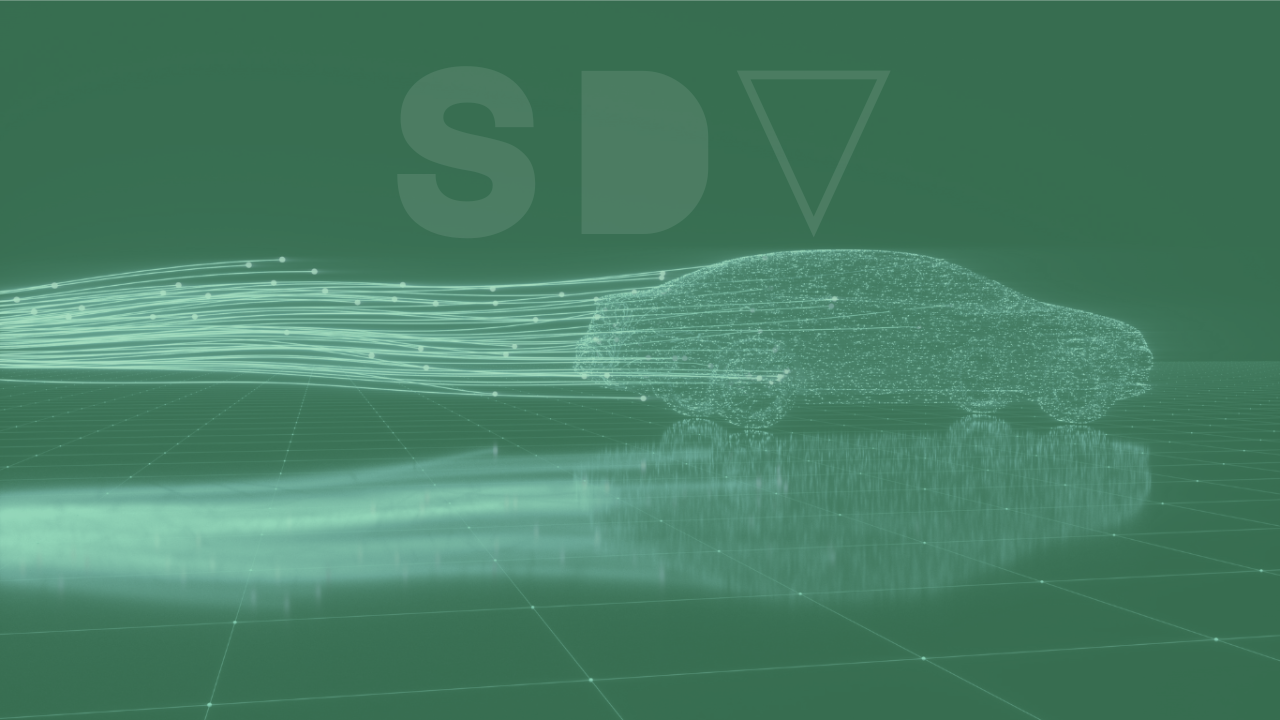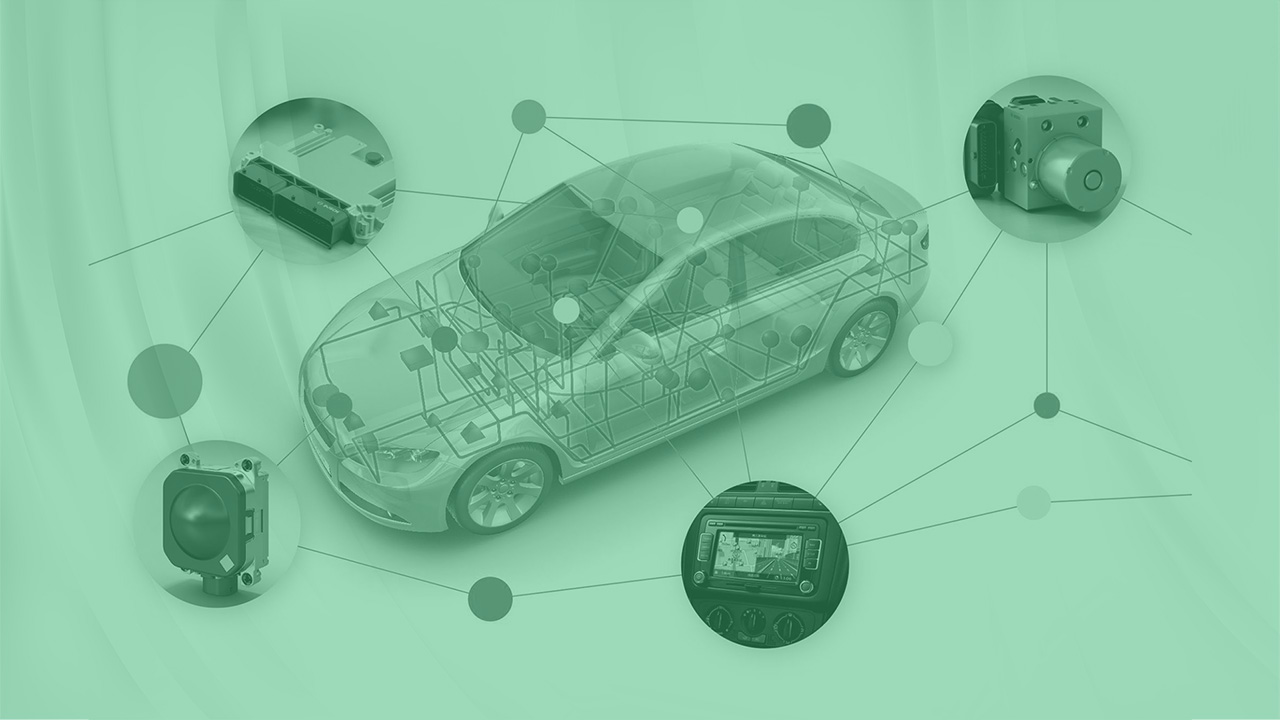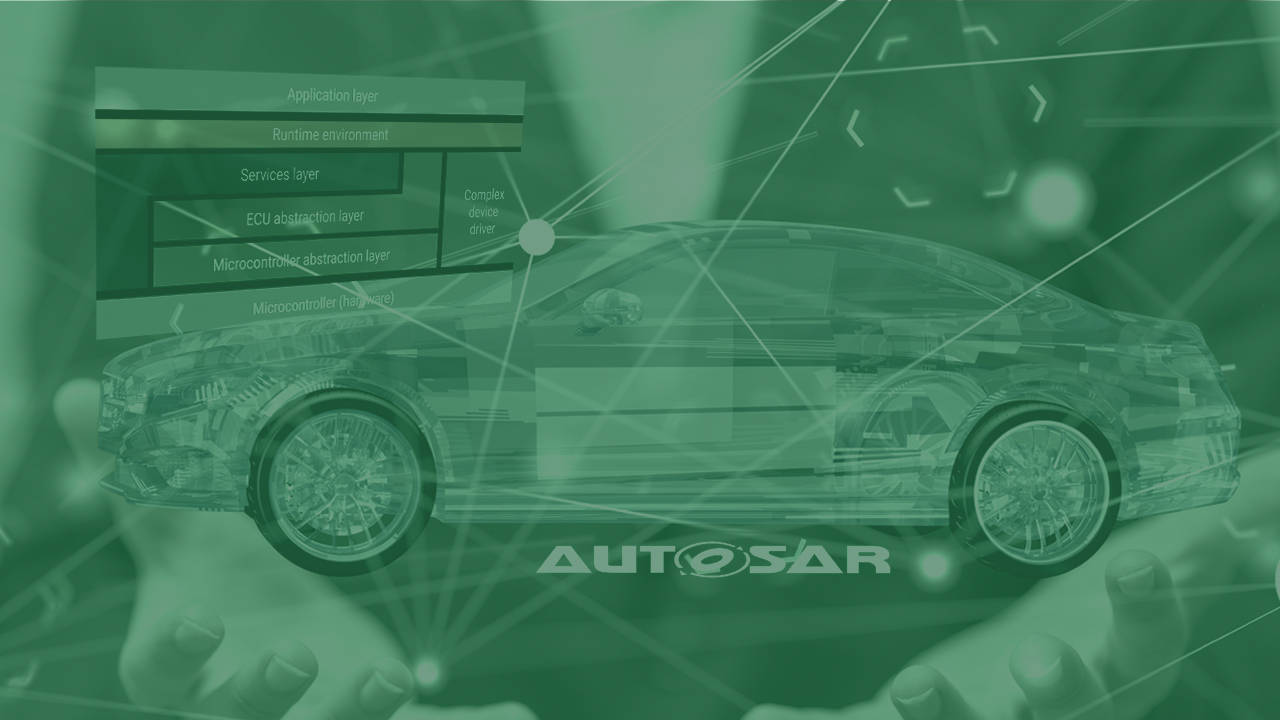Next-generation architecture of vehicles is going to be software-first. Learn what it takes to develop for software-defined vehicles across its many layers (zones, HPC, SoA and cloud).
In the “Introduction to Software Defined Vehicles” we will uncover the new definition, use-cases and architecture for the next-generation vehicle designs, which are heavily based on software. Throughout the lectures and hands-on exercises, we would work out example SDV features, the required platform architecture, modelling and verification paradigms, the role of orchestration, containerization and cloud and beyond. We would emphasize the role of various stakeholders and the future industry relationships in crafting the next-gen SDV platform, focusing on the ongoing industry efforts such as Adaptive AUTOSAR, Eclipse SDV and SOAFEE.
Course Topics:
- Software-defined vehicles: challenges, opportunities and collaboration
- Architecture concepts: zones, virtualization, containerization, vehicle twin
- Vehicle software modelling and configuration management in the SDV context
- Orchestration, scheduling and resource management challenges and approaches
- Vehicle data models and the role of edge and cloud applications
- Stakeholder roles, value assets, and business models
- End-to-end SDV feature design
Modules:
M1: SDV Motivation and Requirements
https://academy.nit-institute.com/wp-content/uploads/2025/01/sdv_1.png
Here we analyze the automotive landscape, and identify the required changes and deltas towards and SDV concept. We also lay ground for understanding all the feature groups what SDVs can enable, facilitate or accelerate.
Analyze an example SDV feature and understand the new means of collaboration for its design, rollout and monetization.
2 hours 30 minutes
M2: SDV Architecture
https://academy.nit-institute.com/wp-content/uploads/2025/01/sdv_2.png
This lecture discusses the required architectural changes on-board the vehicle, at the edge, and in the cloud, to fully meet the SDV requirements. The architecture is covered in detail, with the focus on new important paradigms, such as zonal architecture, mixed-criticality instantiation of virtual machines, orchestration with containers and vehicle-level APIs.
Analyze an SDV platform architecture on an example and identify key technologies and frameworks participating in that architecture.
2 hours 30 minutes
M3: Vehicle software model
https://academy.nit-institute.com/wp-content/uploads/2025/01/sdv_3.png
After understanding the SDV architecture, now we dive into the strengths this architecture brings to feature design, integration and deployment. A concept of vehicle software model is introduced, emphasizing the modeling and simulation phases across three conceptual layers – Vehicle API, Vehicle Twin API and Vehicle Fleet API.
Hands-on part requires participant groups to use the provided modelling language and define their vehicle feature. The exercise focuses on understanding the service-oriented architecture as well as vehicle model constraints, such as inputs, outputs, resource definition and allocation.
2 hours 30 minutes
M4: Application runtime and orchestration
https://academy.nit-institute.com/wp-content/uploads/2025/01/sdv_4.png
Once the vehicle schema is defined it needs to be securely pushed to the vehicle and then orchestrated to actual on-board SW architecture. The orchestration challenges are analyzed, such as the provision of communication pipelines between services, resource partitioning and allocation, as well as mixed-criticality multi-OS runtime.
Revisit the vehicle software model and apply Service Oriented Architecture principles by breaking applications and services into smaller, reusable services, modify the schema accordingly, and plan resource scheduling, identifying critical data paths, priority resources, and safety constraints.
2 hours 30 minutes
M5: Cloud in the SDV context
https://academy.nit-institute.com/wp-content/uploads/2025/01/sdv_5.png
In this lecture we discuss concepts, services and enterprise solutions which are needed for the SDVs and are implemented in the cloud. The lecture goes through specific topics such as the digital twin, vehicle data models, content distribution and delivery, cloud-native development, enterprise apps and high availability architectures.
Design a digital twin for a vehicle in the cloud by defining the required data to track, ensuring data format standardization, identifying the on-board service or application origin, defining use cases for cloud applications, ensuring data integrity during connectivity loss, exposing relevant APIs, and implementing data protection measures.
2 hours 30 minutes
M6: Business aspects of SDVs
https://academy.nit-institute.com/wp-content/uploads/2025/01/sdv_6.png
Here we go more on the business side of things and uncover relationships among stakeholders in the SDV realm. The end goal is to figure out assets of value emphasized by SDVs and business models required to monetize them.
none
2 hours 30 minutes
M7: SDV capstone project
https://academy.nit-institute.com/wp-content/uploads/2025/01/sdv_7.png
In this capstone lecture we are going through SDV value-adding concepts step by step. We will start by defining a vehicle feature, modelling it, setting it up for simulation and integration to the vehicle, initializing the orchestration and the on-board software image, figuring out cloud communication triggers and involved services and, finally, setting up the integration relationships and money-making vectors. This will prep you for your capstone project – in which you will do similar applying concepts from this course to your own selected feature example.
Work in groups to select a vehicle feature, model it using the SDV paradigm, verify through simulation, define cloud service interactions, and submit project deliverables including Vehicle Feature ID card, Vehicle Software Model diagram, Verification plan, Connectivity timeline, and optional tasks on reused components, SDV architecture, or revenue model.
13 hours
Final exam
none
none
none
2 hours
Requirements
Software: Chrome browser.
Hardware: Computer with an Internet connection, working speakers, and microphone.
Prior knowledge: Students should have basic engineering background.






